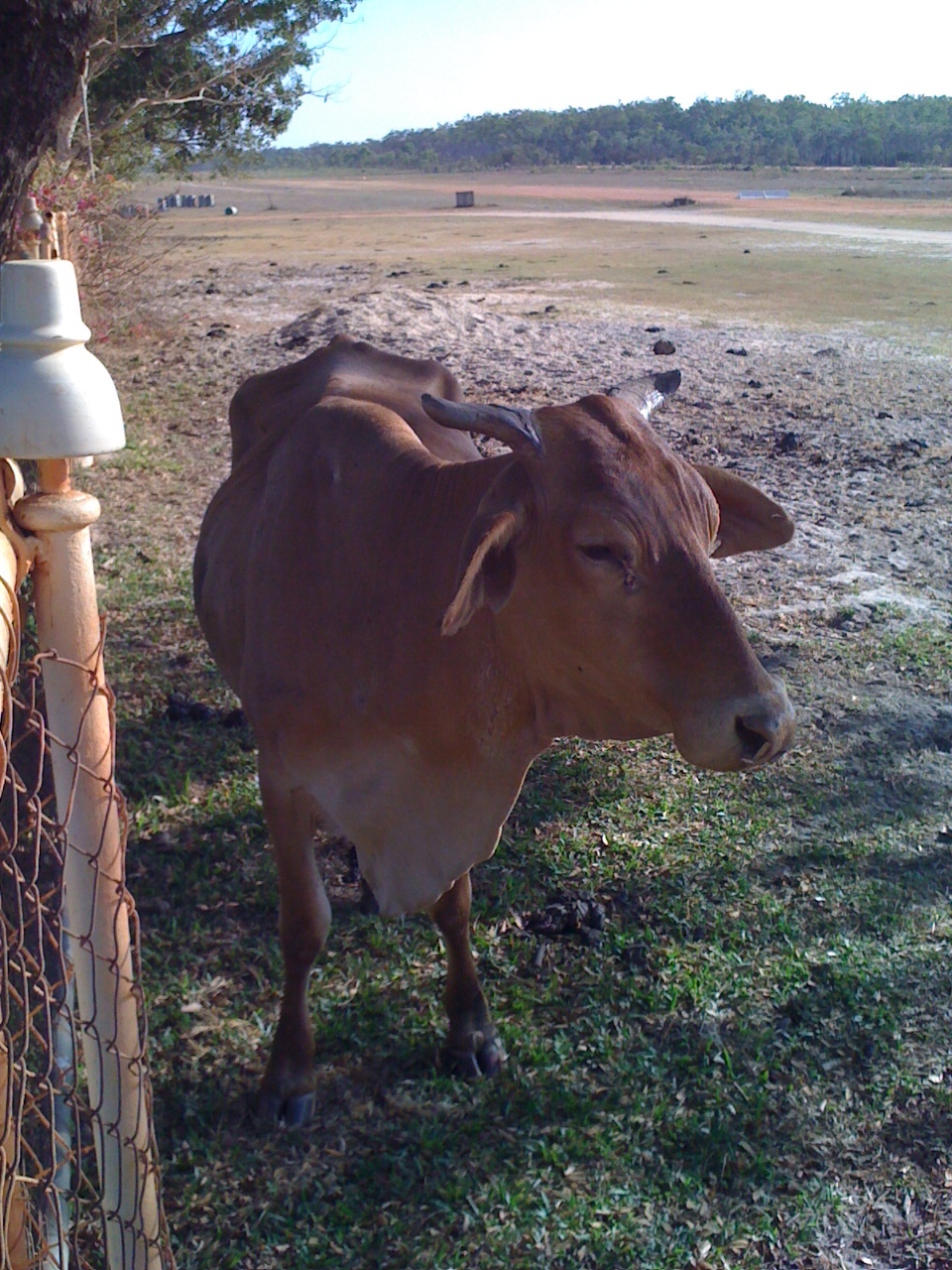 |
| The Pyramids of Giza, Egypt, seen from the ground looking up. |
 |
| The canals of Venice, Italy. |
 |
| The Pyramids of Giza, Egypt, seen from the ground looking up. |
 |
| The canals of Venice, Italy. |
 |
| Oxford Street, Sydney's famous "Golden Mile" (Australia, 2005) |
 |
| Not exactly a shinkansen, but it is the fastest train in this part of the world (Australia, 2012) |
 |
| My parents enjoying the ride, on our way north (Australia, 2012) |
 |
| Paddock bashing, up the east coast! (Australia, 2012) |
 |
| There be critters up here! Wallaby, on Woodford Island, near Maclean (Australia, 2012) |
 |
| Brahmin cow near the runway at Musgrave Roadhouse, on the Cape York Development Road (Australia, 2011) |
 |
| Dad watches brolgas fly over the Nifold Plain, on the Cape York peninsula (Australia, 2011) |
 |
| Chook's Pajero, adorned with the endangered golden-shouldered parrot, sitting on a termite mound (Australia, 2011) |
 |
| Just a quiet country street, in Mareeba (Australia, 2011) |
 |
| Pausing to take in the view, on Route 81 (Australia, 2011) |
 |
| Dad checking his watch, in his goofy greygreen birding hat (Australia, 2011) |
 |
| Across the canyon, looking east (Australia, 2011) |
 |
| Mysterious tree with yellow flowers, possibly a kapok, alongside an aluminium can (Australia, 2011) |
 |
| Welcome to Lakeland Roadhouse (Australia, 2011) |
 |
| The sign says $2 for a shower at Lakeland Roadhouse (Australia, 2011) |
 |
| There was a small gifts shop inside the roadhouse (Australia, 2011) |
 |
| On to the dirt (Australia, 2011) |
 |
| Road etiquette of the North: the small give way to the large (Australia, 2011) |
 |
| Throwing out the anchor, and battening down the hatches (Australia, 2011) |
 |
| Arriving at Artemis Station (Australia, 2011) |
 |
| Looking for golden-shouldered parrots, on Artemis Station (Australia, 2011) |
 |
| Remnant of the old telegraph line, at Musgrave Roadhouse (Australia, 2011) |
 |
| Posting box, beneath the rafters at Musgrave Station (Australia, 2011) |
 |
| The grave of Samuel Thomas, killed in 1919 (Australia, 2011) |
 |
| Waiting for a beer, and then maybe a steak or hamburger (Australia, 2011) |
 |
| Shine on harvest moon (Australia, 2011) |